5 Green Resolutions for New Years (A Circular Economy Model)
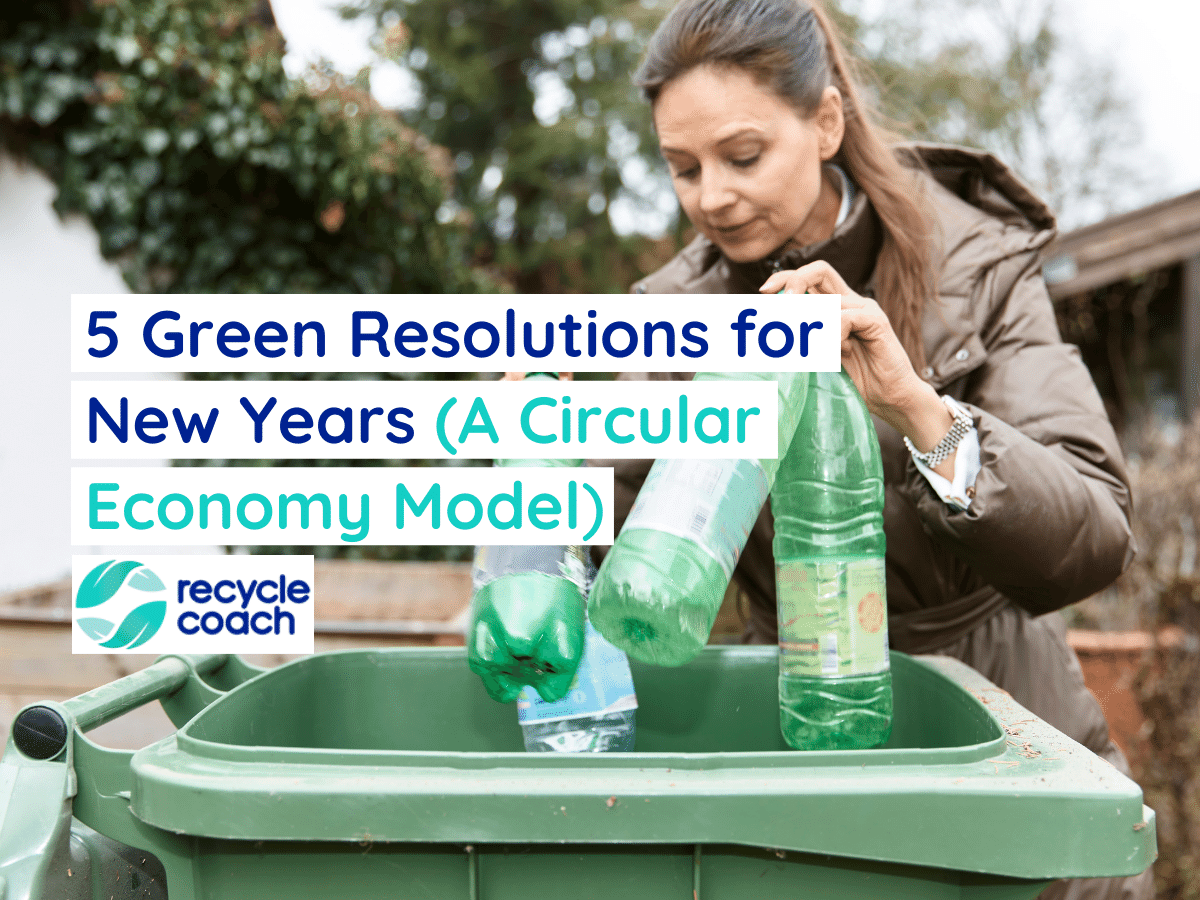
In this post we will teach you about how a circular economy model works, then help you learn how to use that knowledge to create your own green resolutions this year.
Do you know what a circular economy looks like? It’s a process in production that considers the end-of-life of its product. For as long as products have been made, the economy has been running in a linear model. This means a product is made by the manufacturer, sold by the retailer, then discarded by the user with not a thought in the process of what happens to the discarded item.
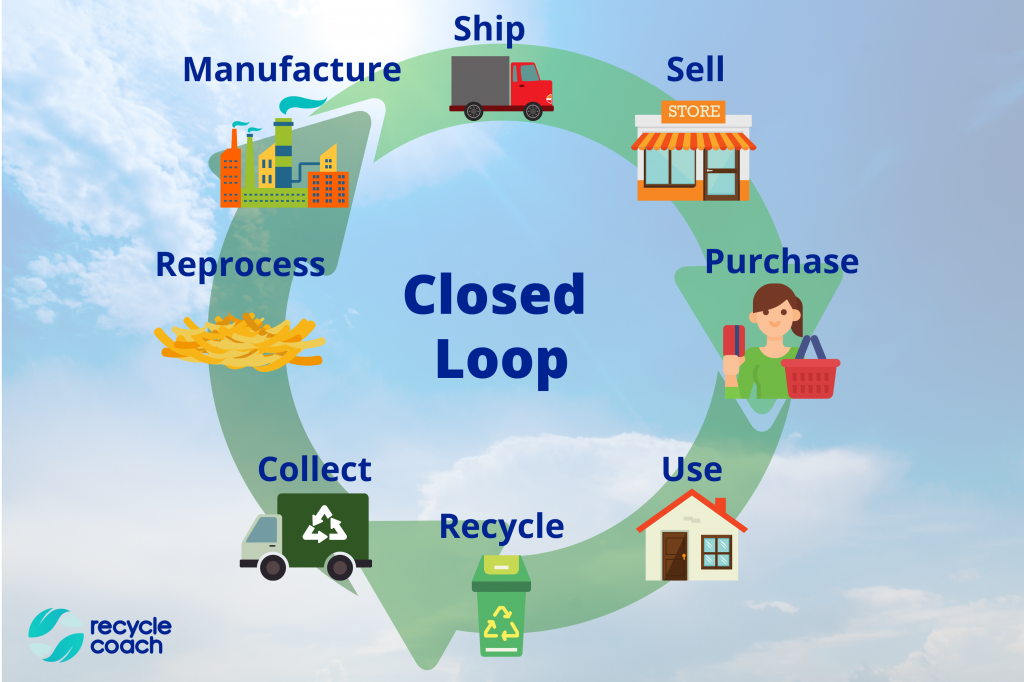
Then the idea of recycling came along and we could now collect and remanufacture products using those discarded materials. This has been the way for the last several decades. As recycling gains popularity and our awareness of the effects of a linear economy on our environment become apparent, more and more materials are being recycled and remanufactured.
This seems like a pretty good solution, but what if it could be better? What if instead of recycling being reactive, it were proactive? So when a company creates a product, instead of letting it go through that linear chain, the company has the end-of-life in mind when it creates a product. For example, when a company makes glass beer bottles, they also create a way to take back the used glass and remanufacture it into the new bottles for their company.
Other ways a company can be part of a circular economy is to create products that are 100% recyclable, creating buyback programs, creating reusable packaging, utilizing recycled materials in their production. There are many ways to participate in the circular economy model if the company has the goal of eliminating waste from day one.
What are the Benefits of a Circular Economy?
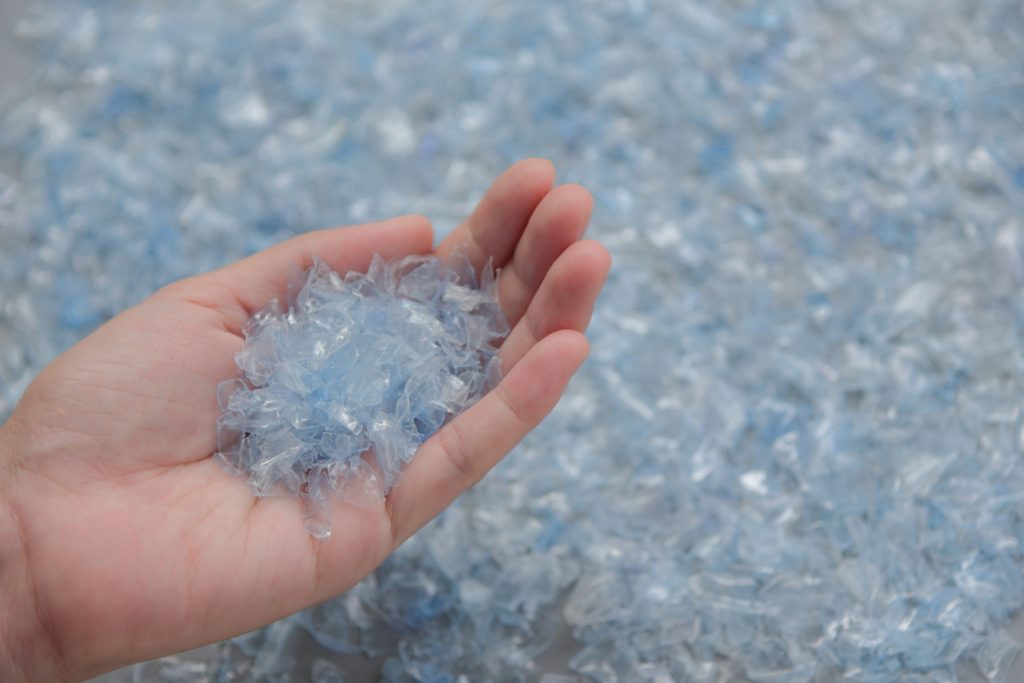
When a company creates a closed loop model, not only is it avoiding landfill waste, it is saving them money, which can in turn lower the cost of products. For almost every material out there, obtaining raw virgin material is much more costly than using recycled materials. It would be to our benefit if companies were able to save costs on materials to lower the cost of products for us.
The re-use of materials through the process of recycling in a circular economy model has many environmental benefits. Among the most important are lowering greenhouse gas emissions and energy consumption. By recycling used materials instead of using virgin materials, there is a significant reduction in harmful emissions. Factories also reduce the amount of energy consumed from cultivating new materials.
Additional environmental benefits would be that keeping materials out of landfills reduces the amount of potential toxins that can seep into the soil and water supply. With all these benefits, we end up seeing cleaner air and water, reduce pollution, and conserve more natural resources.
There is also the added benefit of job creation. A study in the Netherlands showed that not only are there economic and environmental benefits to a circular economy, there is also job growth.
5 Ways You Can Actively Participate in a Circular Economy Model
It’s a new year, so that means time to better yourself. Why not better the planet at the same time? You can use your new understanding of the circular economy model to make some green resolutions for 2022.
1. Do Your Research
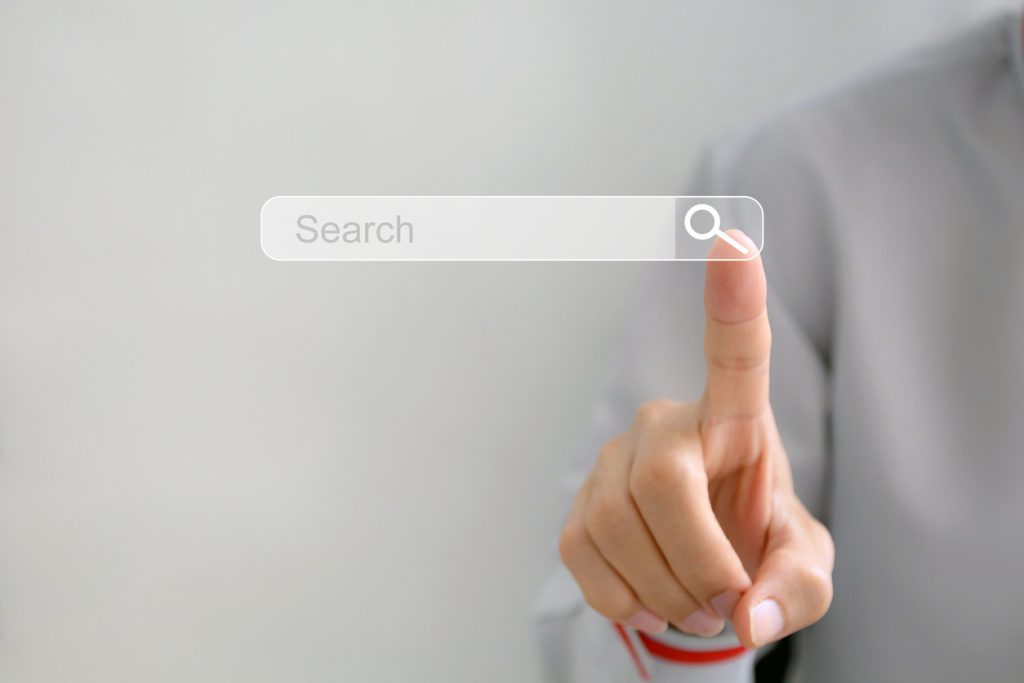
Start your year off right by looking into how companies you buy from make their products. If they are using recycled materials or are creating their own closed loop model, they will most likely want to represent their company’s eco-friendliness. You should be able to find out about their sustainability efforts on their website.
If your favorite brands aren’t doing their part to participate in a circular economy, it may be time to change to a greener solution as part of your green resolutions. The more we buy from companies that are putting in the effort to use recycled materials and close the loop, the more other companies will follow suit. If green products sell, more green products will come on the market.
2. Recycle Better and Recycle More
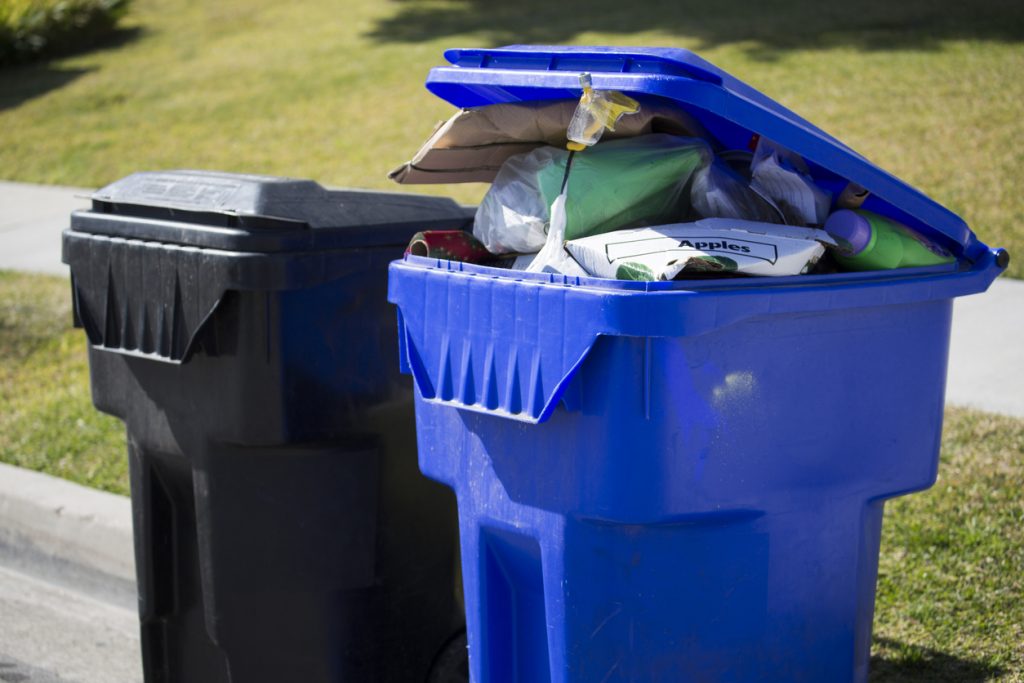
Companies aren’t the only aspect of the closed loop that needs more effort. Our green resolutions should be to recycle better and recycle more. If we want more products made from recycled materials, then we need to recycle more materials. Find out what your local program accepts and make sure you recycle it correctly.
There are so many materials that may not be accepted by your local program but may be accepted by independent programs trying to close the loop. If you notice you’re using a lot of a certain type of material, but it’s not accepted in your program, search around to see if any other programs may be looking for that material. Even if it’s not your recycling program, someone might be looking to reuse or recycle that material in some way.
Some independent programs that take hard to recycle items:
- Terracycle– takes just about everything in a purchased mail-in box.
- Call2Recyle– takes rechargeable batteries at drop-off locations.
- ReCork– bring your wine corks to a drop-off location.
- 1-800-Got-Junk– offers free mattress removal for mattress recycling or donation.
These are just a tiny glimpse into the types of independent recycling programs that can help you join the circular economy model. While these are large scale companies that accept these items across North America, there are many smaller local companies doing this type of work as well. Make it one of your green resolutions to search in your area to see if you can find alternative recycling options.
3. Don’t Contaminate Your Recycling
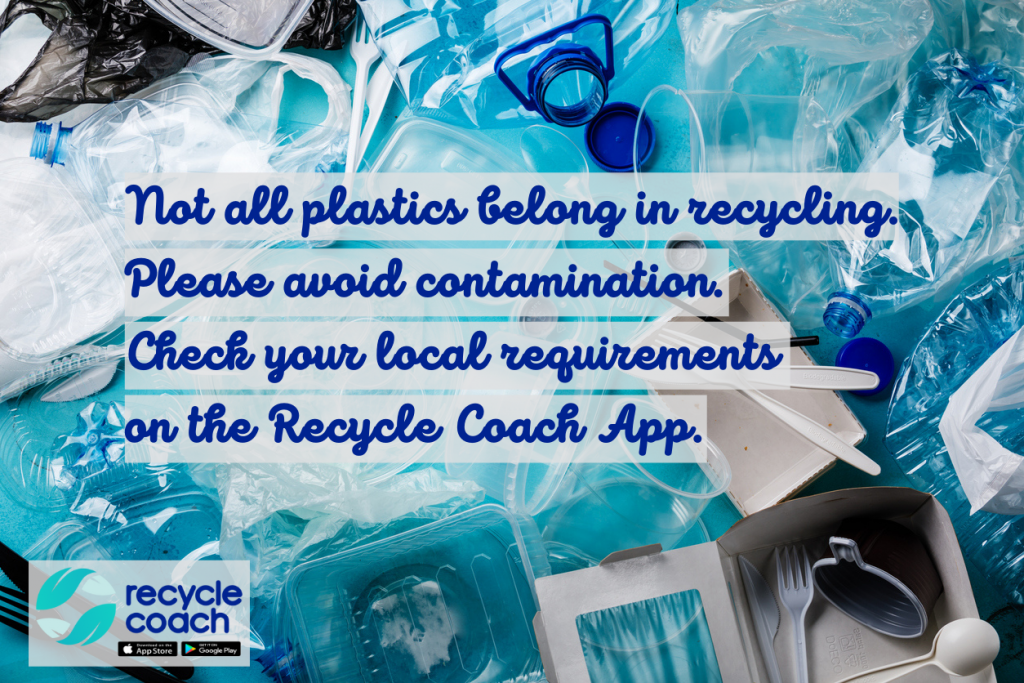
Your local recycling program is your main recycling source. So, when you go to recycle with your program, it is important to keep out the contamination. The two main sources of contamination in recycling programs are materials that are not empty and clean and materials that don’t belong.
It is important to always make sure whatever you toss in your recycling is empty and clean. If you leave large amounts of food, cleaning solutions, liquids, or any other type of contaminants, it will make its way into the batch of recyclables and could potentially ruin the entire batch.
The second source of contamination is when people throw items in that they think are recyclable but are not. This is called wish-cycling and it is the number one problem recycling facilities face right now. This contamination can also cause entire batches of ready to recycle materials to be lost if incorrect materials make their way in.
The best way to avoid this issue is to know what is accepted in your program. If you area participates in our program, you can look up any material in our ‘What Goes Where’ search tool on our mobile app. Otherwise, you can check on your municipality’s website to find out what is accepted. As your green resolution, keeping your recycling free of contamination helps you do your part to sustain the circular economy model.
4. Model Your own Circular Economy.
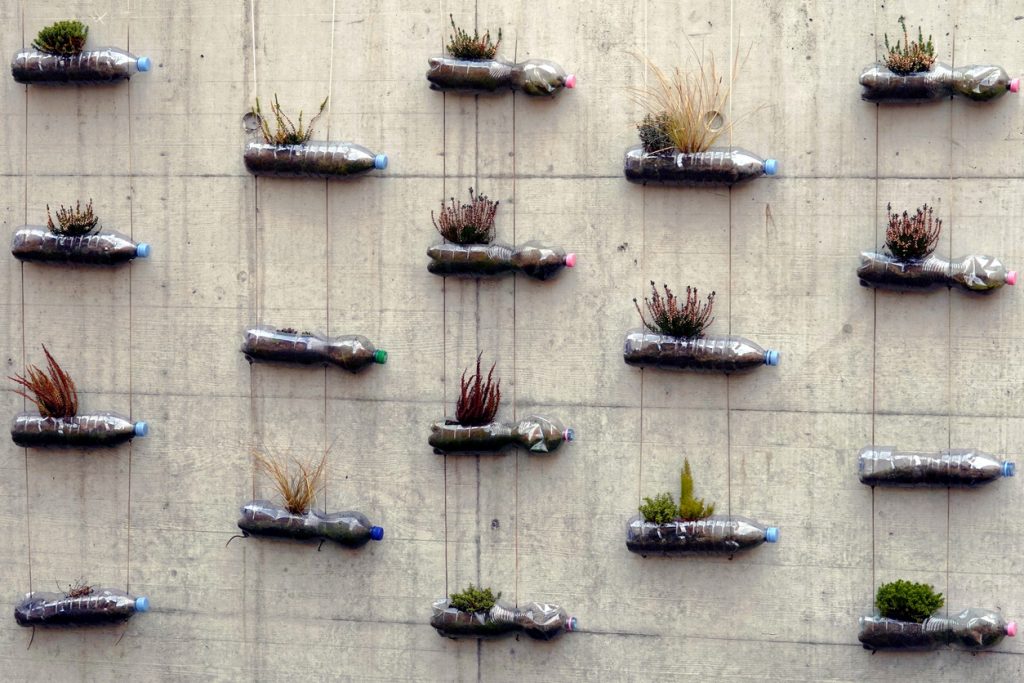
Another wonderful green resolution is to create your own mini circular economy model by only buying items with their reuse in mind. Plan ahead for what you will do with an empty container or plastic packaging, and it will keep you on the path of sustainability. You will have less waste and more opportunity for recycling or upcycling.
Upcycling is a great way to turn something old into something new. Let’s say you want to buy new coffee mugs because your old ones are chipped and ragged. Instead of making the purchase and trying to figure out what to do with the old mugs, plan it out. Maybe you will decide to break the mugs into pieces and create mosaic steppingstones for your garden. Or perhaps you will super glue them together to create a unique birdhouse. When you buy the new mugs, think about what packaging they come in and how you can either recycle it or use it in your home in a new way.
You have control about what comes into your home, so take control and make sure you are setting yourself up for recycling success.
5. Use your Voice!
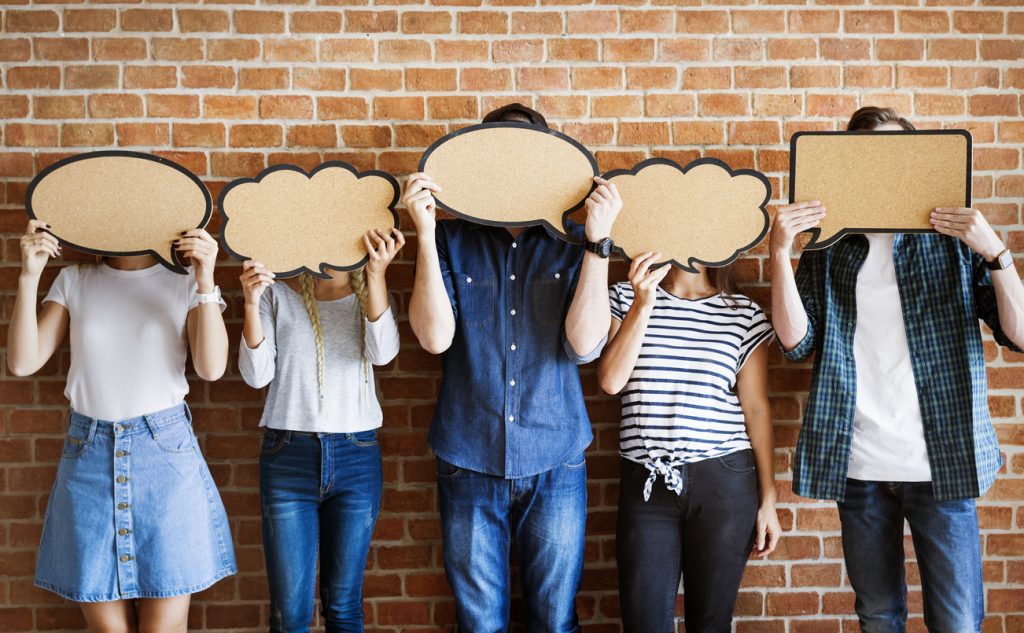
So much of the time, companies listen! Most companies want to make products that consumers want. Writing letters to express your desire for a product to be produced with the circular model in mind will have a lot of impact. Your input into products is valuable, so go ahead and let your voice be heard. Just remember, when writing your letter, email, or comment, constructive criticism of a product will go a lot further in the eyes of a company than a rude complaint. Make it one of your green resolutions to speak up for the circular economy so that we can all close the loop.
Grow Your Green Resolutions
That may seem like a ton of work, but you’re probably already doing a little bit of each of these 5 green resolutions already. Just try to step up your game a bit this year to really do your part in helping build a circular economy. Let us know how you plan to help in the comments below.